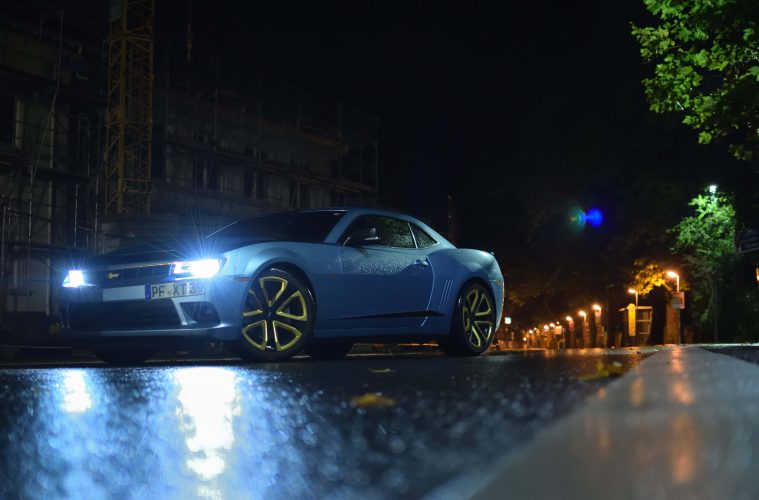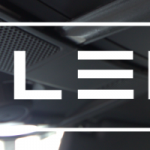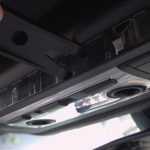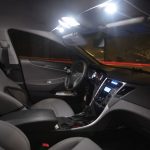Historically, most vehicle headlights have been manufactured with halogen light bulbs for their light systems. Over the past decade, LED bulbs have become more common. But why? What’s the difference between halogen and LED that’s so great it’s causing an industry-wide shift?
How It All Started
The Halogen Takeover
Thanks to automakers in Italy, the halogen bulb came into existence for cars in 1962. This new light gave off a brighter glow due to bromine or iodine halogen gas being added to the incandescent bulb. The upgraded brightness quickly caught the attention of people around Europe. However, at the time, the U.S. lacked the desire to have the bulb added to new cars.
It took the U.S. about 14 more years before they decided to add halogen bulbs to the car industry. By this point, halogen lights had grown in popularity with their uniquely bright light and greater efficiency. Halogen lights quickly became the staple light in the auto industry and remained a leading choice for over 30 years.
The Rise of LED
The battle between LED vs. halogen began in the 90’s with the invention of the LED bulb. LED lights were first used in the tail lights of vehicles in 1993, and it wasn’t until the 2000s that they were used elsewhere
LEDs use an engineering technology called electroluminescence. This technology uses a semiconductor diode to move electrons, which creates light once the appropriate voltage is applied. The light then gives off a bright white look and radiance far beyond that of halogen bulbs.
When this brighter, more superior look finally took off in the auto industry, it beat out all other light options for illumination and efficiency. The enticing look of LED lights has kept the attention of car buyers to this day!
LED vs. Halogen Efficiencies
Halogen lights are not very efficient at the end of the day. Halogen bulbs require more power from your battery, causing the bulb to heat up more. This wears away at the bulb’s components and impacts their life expectancy. They are very delicate bulbs as well. If you touch one with bare fingers or have too many vibrations from the road, the heat and released filament can cause them to burn out quicker.
LED lights are smaller in size and give off a very focused light. They use less energy due to cold light generation technology, and some have heat dissipation systems within the tiny bulb. This system allows heat to be released quickly and evenly through internal fans giving the LED lights a longer life expectancy.
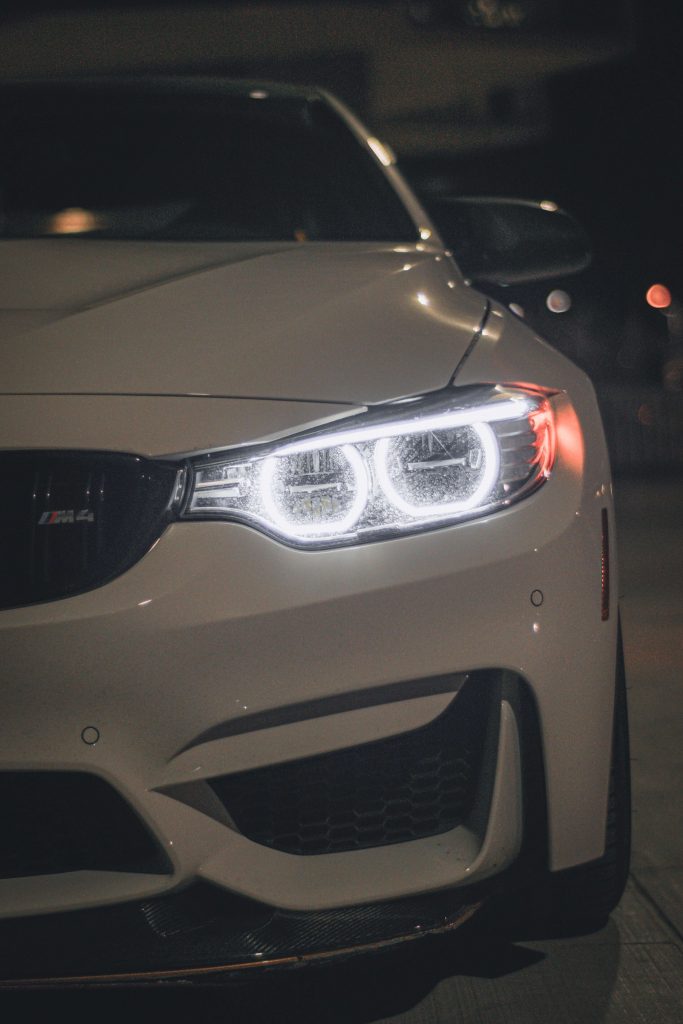
It’s Your Choice
PrecisionLED creates LED lights that make your car look unique and shine up to four times brighter than halogen bulbs. We power our efficient bulbs with heat dissipation technology, so our bulbs run cooler and last longer.
The more you look at the differences between LED and halogen lights, the more you will see the positive impacts PrecisionLED lights provide for night driving vision. Our lights are easy to install with all of the parts and tools you’ll need included in your kit, as well as video guides to walk you through your project.
LED vs. halogen. What’s your choice? To keep your old dimming halogen lights, or to electrify your vehicle with brighter, safer LEDs?
Shop today to find your custom-fit LED lights at PrecisionLED!

